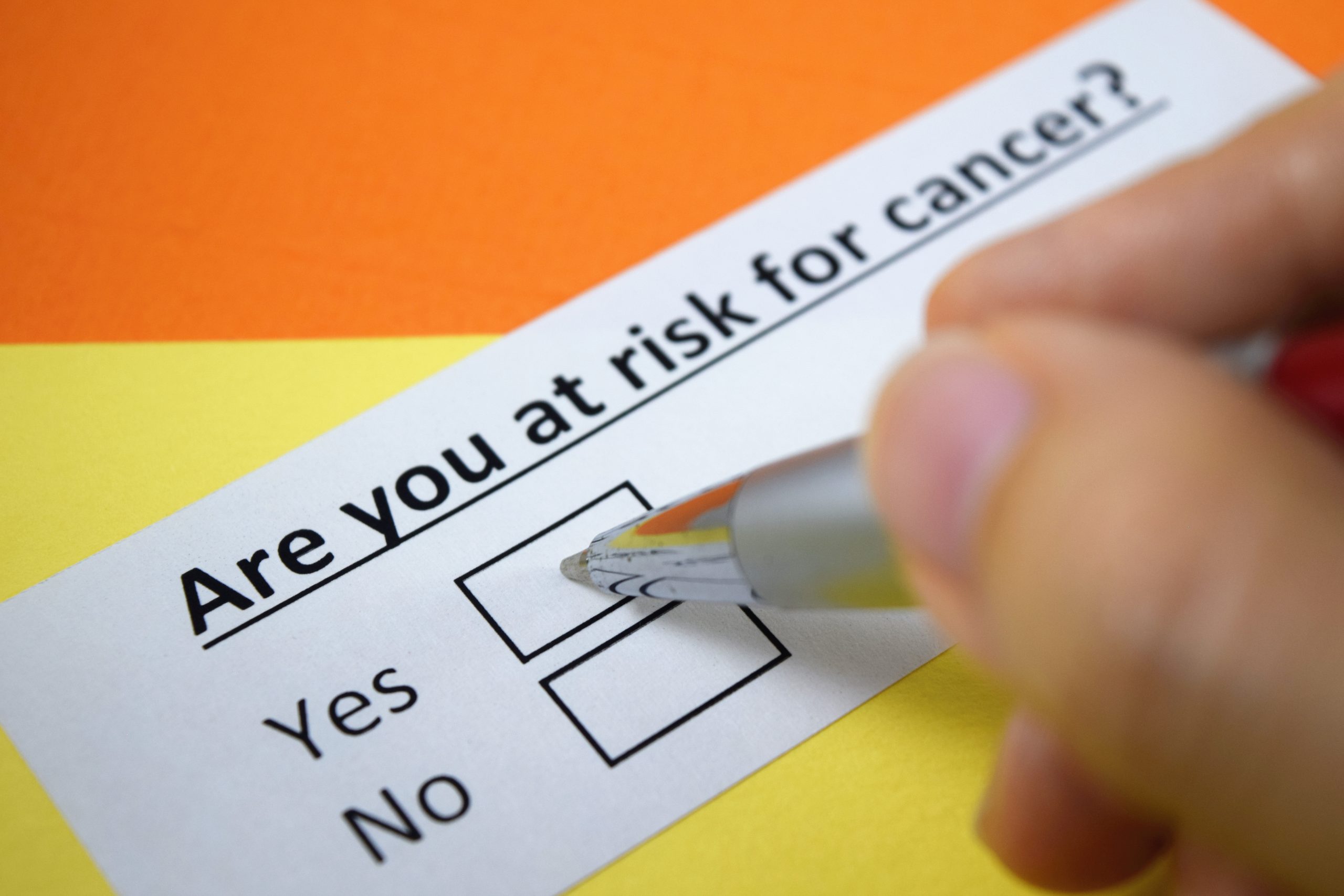Zantac’s Cancer Risks Were Concealed For Over 4 Decades
 In 1978, Glaxo Laboratories developed a molecule called ranitidine, which could treat heartburn. Soon after the U.S. Food and Drug Administration (FDA) approved the drug under the brand name Zantac, ranitidine rapidly became the world’s top-selling prescription medication. From the beginning to the end, Glaxo was warned by independent investigators and scientists about Zantac’s potential cancer risks. Glaxo failed to share critical evaluations of the drug with the FDA and endorsed erroneous research intended to minimize safety concerns. The company launched an aggressive marketing campaign to promote Zantac as more effective, more convenient, and safer than the alternative drug Tagamet. With Americans already spending roughly a billion dollars annually for heartburn relief, Glaxo introduced a 75mg over-the-counter Zantac pill.
In 1978, Glaxo Laboratories developed a molecule called ranitidine, which could treat heartburn. Soon after the U.S. Food and Drug Administration (FDA) approved the drug under the brand name Zantac, ranitidine rapidly became the world’s top-selling prescription medication. From the beginning to the end, Glaxo was warned by independent investigators and scientists about Zantac’s potential cancer risks. Glaxo failed to share critical evaluations of the drug with the FDA and endorsed erroneous research intended to minimize safety concerns. The company launched an aggressive marketing campaign to promote Zantac as more effective, more convenient, and safer than the alternative drug Tagamet. With Americans already spending roughly a billion dollars annually for heartburn relief, Glaxo introduced a 75mg over-the-counter Zantac pill.
While considerable evidence and suspicions indicated Zantac’s cancer-causing properties, documents show Glaxo ignored the warnings. Connected to cancer as early as 1956, NDMA belongs to a group of chemicals called nitrosamines, which have caused cancer in every species of animal tested. A prominent pharmaceutical analyst suggested that under certain conditions in the stomach, a chemical reaction could turn ranitidine into NDMA. However, Glaxo’s board never requested any studies to determine if ranitidine could form into nitrosamine. Even after several independent studies revealed ranitidine resulted in toxic and mutagenic effects, Glaxo still tried to convince everyone of the safety of their drug. In 1982, despite the company’s scientist Richard Tanner finding up to 232,000 nanograms of NDMA in Zantac, court documents show that Glaxo kept this study a secret.
In 2019, Valisure, a private lab, sent the FDA a document regarding Zantac’s extremely high levels of NDMA. After finding NDMA in every version of ranitidine it analyzed, the lab determined the problem inherently existed with the molecule itself. Although consuming minuscule amounts of the carcinogen is not believed to be harmful, lab tests uncovered excessive amounts of NDMA in ranitidine. It takes less than a milligram of NDMA to mutate mice cells, and 2 grams is enough to kill a person. Consequently, the FDA forced all versions of the drug off the market in 2020. However, the FDA maintained that there were no consistent signals that the drug increased cancer risks. Critics believe the FDA’s stance was an attempt to absolve the agency of wrongdoing.
Over 70,000 victims who took Zantac are suing the modern version of Glaxo, known as GSK Plc., and Pfizer Inc. and Sanofi, who also sold the drug. In December, US District Judge Robin Rosenberg dismissed thousands of federal claims because she believed there was no widespread acceptance of a significant connection between ranitidine and cancer. GSK still faces paying billions in damages because the company has to litigate tens of thousands of lawsuits in state courts where the federal court’s ruling does not bind judges. While public health agencies worldwide, from the World Health Organization to the Environmental Protection Agency, all agree NDMA likely causes cancer in humans, proving Zantac mutated a particular person’s cancerous cells is complicated.
Consult With An Expert Buffalo, New York, Dangerous Drug Attorney
If you, or a family member, have developed cancer after using Zantac, please contact Jed Dietrich, Esq. Our elite team would be honored to provide you with a free consultation. We are available 24/7 by dialing 716-839-3939 or completing our online consultation form.
 Buffalo Personal Injury Lawyer News
Buffalo Personal Injury Lawyer News

